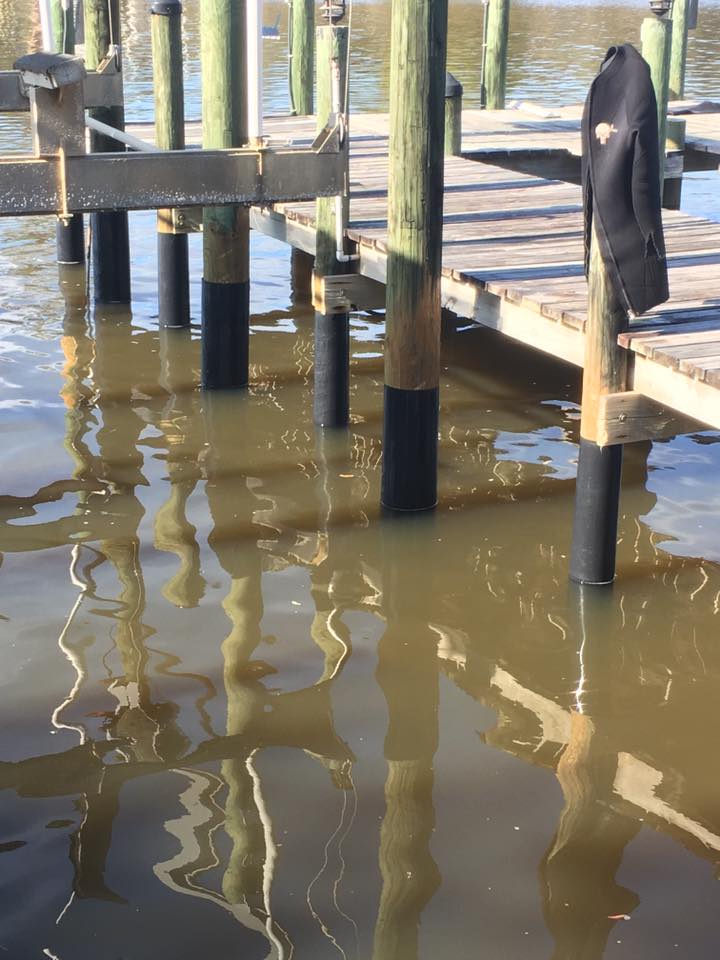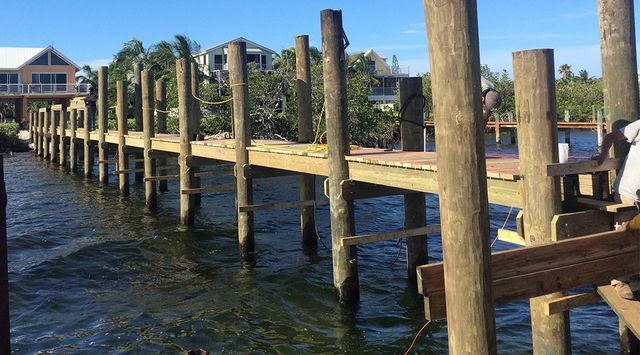Recognizing the Expenses Associated With Dock Repairs
Recognizing the Expenses Associated With Dock Repairs
Blog Article
Effective Dock Repair Work Techniques: Guaranteeing Architectural Honesty
Ensuring the structural integrity of anchors with effective repair service techniques is critical for the long life and security of marine facilities. This includes a multi-faceted approach beginning with thorough examinations utilizing advanced innovations like sonar devices and from another location ran automobiles (ROVs) to discover both noticeable and concealed problems. Consequently, selecting the ideal fixing materials, such as corrosion-resistant alloys and composite materials, is critical for toughness. Architectural reinforcement approaches, including the execution of cross-bracing systems and load-distribution plates, play a crucial duty in mitigating tension points. The significance of these techniques ends up being apparent when checking out sophisticated fixing approaches and preventative upkeep approaches.
Assessing Dock Damages
Assessing dock damage is a crucial primary step in making sure the architectural honesty and safety and security of any type of docking facility. This first examination entails a comprehensive evaluation to recognize both concealed and visible problems. Key aspects to examine include the dock's structure, pilings, decking, and equipment. Each component needs to be inspected for signs of wear, rot, deterioration, or other kinds of degradation that can endanger the structural honesty.
Architectural designers or certified examiners commonly do these assessments making use of specialized techniques and tools. For example, undersea inspections may employ finder equipment or from another location operated automobiles (ROVs) to identify immersed damages. Over water, visual inspections are matched by utilizing moisture meters and other analysis devices to reveal underlying concerns not immediately noticeable to the nude eye.

Choosing Fixing Materials
Selecting the appropriate repair service products is a critical action in the dock reconstruction procedure, one that straight affects the longevity and performance of the fixed framework. Material selection need to be driven by aspects such as ecological problems, load-bearing requirements, and compatibility with existing dock parts. Wood is a conventional selection for anchors due to its all-natural resilience and visual appeal. Nonetheless, picking the best kind of wood, such as pressure-treated lumber or naturally rot-resistant varieties like cedar or teak, is vital to stand up to aquatic settings.
In addition to timber, composite products are progressively popular because of their toughness and reduced upkeep needs. Composites, typically made from a blend of plastic and timber fibers, offer excellent resistance to rot, pests, and UV damage. For metal docks, choosing corrosion-resistant alloys such as galvanized steel or marine-grade aluminum is necessary to avoid corrosion and make sure structural honesty in saline water problems.
Epoxy materials and marine-grade sealers are essential for repairing fractures and securing joints, offering a water resistant obstacle and boosting the dock's overall stamina. By diligently choosing premium products, dock repairs can achieve durable results, thereby securing versus future deterioration and making sure safe, trustworthy usage.
Structural Support Methods
Reliable structural reinforcement methods are crucial in ensuring the stability and longevity of dock repair work. This approach is especially efficient for anchors subjected to heavy lots or harsh ecological conditions.
An additional important technique is the application of fiber-reinforced polymers (FRP) These materials provide high strength-to-weight proportions and excellent resistance to corrosion, making them optimal for strengthening concrete or wooden docks. FRP can be used in sheets or strips and adhered with epoxy materials to enhance architectural integrity.
Bracing and securing systems likewise play a crucial function in structural reinforcement. Cross-bracing, utilizing metal or wooden beam of lights, can combat lateral forces, minimizing persuading and movement. Securing systems, such as helical piers or driven piles, supply a steady structure by transferring lots to deeper, much more steady dirt layers.
Lastly, the combination of load-distribution Discover More plates can assist distribute weight more uniformly across the dock's surface, minimizing local stress points. These strategies collectively make sure that anchors continue to be secure and robust, with the ability of withstanding the roughness of their operational setting.
Advanced Repair Work Methods

One more innovative strategy involves undersea welding, which permits repair services to be conducted without the demand to dewater the location. This approach is specifically useful for dealing with structural problems in submerged dock parts, ensuring marginal disruption to operations. Enhanced welding techniques, coupled with robotic systems, provide accuracy and dependability, consequently prolonging the lifespan of the dock.
Furthermore, cathodic defense systems are applied to avoid deterioration in metallic dock frameworks. By making use of sacrificial anodes or impressed current systems, these methods efficiently reduce the electrochemical procedures that bring about material degeneration.
Finally, progressed monitoring technologies, such as architectural wellness surveillance (SHM) systems, offer real-time data on the condition of dock frameworks. These systems enable aggressive maintenance and timely interventions, inevitably ensuring the long-lasting structural honesty of the dock.
Maintenance and Prevention
Maintenance and avoidance are fundamental principles that underpin the durability and security of dock structures. Routine evaluations are extremely important, permitting for early discovery of damage, prospective weaknesses, and environmental influences. A positive strategy, including regular checks for rust, rot, and architectural changes, mitigates expensive repair services and prolongs the dock's operational life.
Precautionary actions should consist of using protective finishes to metal elements to defend against corrosion and using cured wood to stand up to degeneration. In addition, guaranteeing correct drain and air flow can avoid water accumulation, which is a typical root cause of architectural deterioration. Including quality look at this now products and adhering to maker standards throughout construction and repair stages additionally play crucial duties in improving sturdiness.

Educating personnel in dock upkeep best techniques makes certain constant application of safety nets. Leveraging technological advancements, such as drones for inspections and sensors for real-time surveillance, can further home enhance upkeep efforts. By focusing on upkeep and prevention, dock owners can make sure architectural integrity, operational security, and cost-efficient management over the dock's life-span.
Conclusion
In conclusion, maintaining the architectural stability of aquatic facilities necessitates extensive dock repair strategies. Advanced repair service strategies, combined with routine upkeep techniques, make sure the dock stays risk-free and functional under diverse ecological problems.
Guaranteeing the architectural stability of anchors with efficient repair strategies is extremely important for the long life and security of aquatic facilities.Choosing the suitable repair work products is a pivotal step in the dock restoration procedure, one that straight affects the durability and efficiency of the fixed framework.Efficient architectural support methods are crucial in making sure the stability and longevity of dock repair services. By focusing on maintenance and avoidance, dock proprietors can guarantee architectural stability, operational safety, and affordable administration over the dock's life expectancy.
In verdict, preserving the structural stability of aquatic facilities demands comprehensive dock repair methods.
Report this page